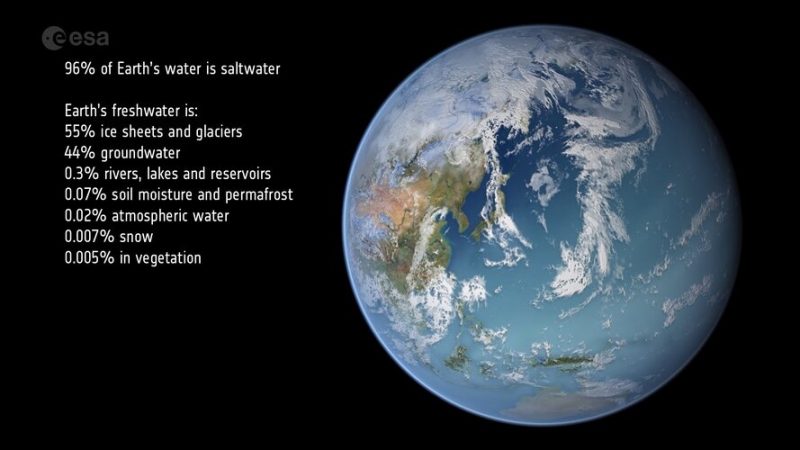
Originally published at ESA – The European Space Agency.
Although the amount of water on Earth is fixed, it continually cycles between the oceans, atmosphere and land. Powered by the sun, this circulation and conservation of Earth’s most precious resource is a crucial component of our weather and climate.
Earth’s water cycle is vital to life and climate
Even though the water cycle is one of the most important processes operating on our planet, this fundamental system is still poorly understood. And it is crucial for sustaining life and controlling our weather and climate.
Understanding if, and how, climate change is modifying Earth’s water cycle is increasingly important. Plus, understanding how Earth works shapes environmental policy and decision-making.
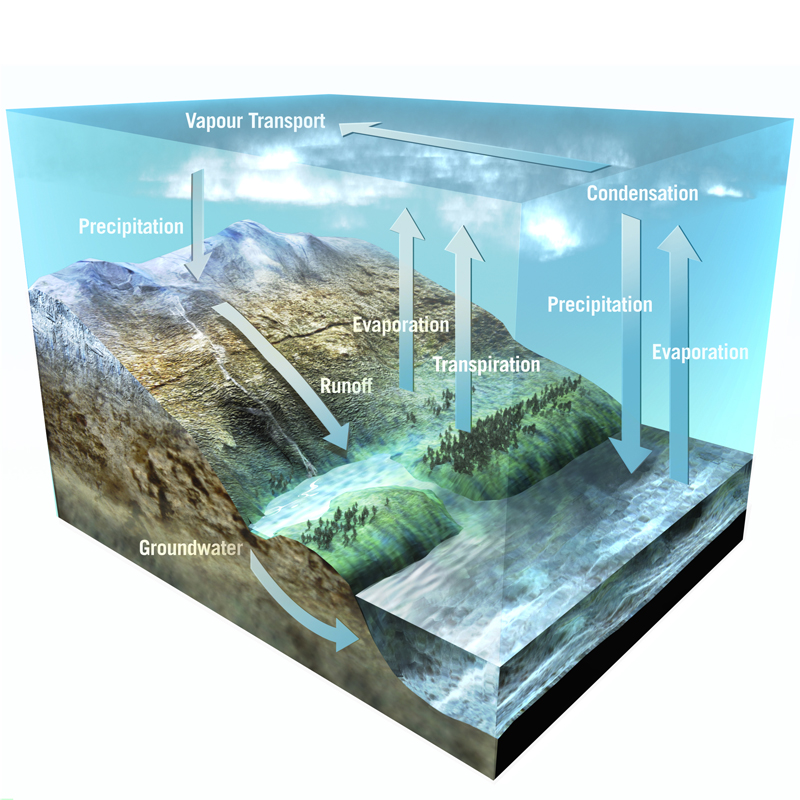
A warmer climate changes the water cycle
A warmer climate leads to changes in evaporation patterns over the land and oceans. Thus, increasing the moisture content of the atmosphere influences weather patterns. This causes concerns, especially for water consumption and agricultural needs.
By consistently mapping soil moisture and ocean salinity, the European Space Agency’s SMOS mission is improving our understanding of the role these two key variables play in regulating the water cycle.
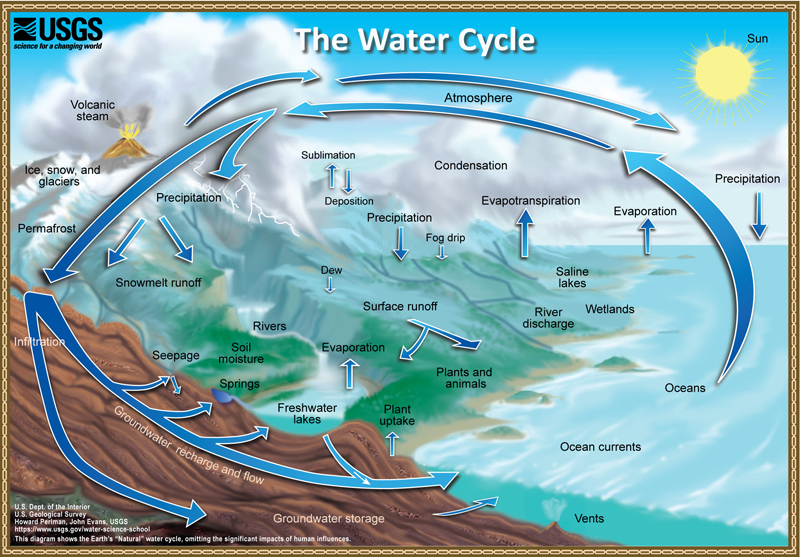
Changes in evaporation and ocean circulation
Soil moisture refers to the water in the spaces between soil particles. Primarily, soil moisture is a function of the rates of evaporation and precipitation. But the type of soil and vegetation cover influence the rates that water filters through the soil and runoffs from the surface.
In the oceans, variations in the salinity of the surface waters depends on the addition or removal of freshwater through evaporation and precipitation. Also, the variations in polar oceans depend on the freezing and melting of ice. Thus, the salinity and temperature influence the density of seawater. Together, these variations drive ocean circulation patterns and moderate climate. They do so by bringing warm surface waters to higher latitudes and cool deeper waters back to equatorial regions.
Bottom line: Although the amount of water on Earth is fixed, it continually cycles between the oceans, atmosphere and land. Powered by the sun, this circulation and conservation of Earth’s most precious resource is a crucial component of our weather and climate.
Learn more with ESA’s water cycle video.
Source: ESA’s Earth’s Water Cycle
Read more: Was ancient Earth a water world?
The post A word about Earth’s water cycle first appeared on EarthSky.

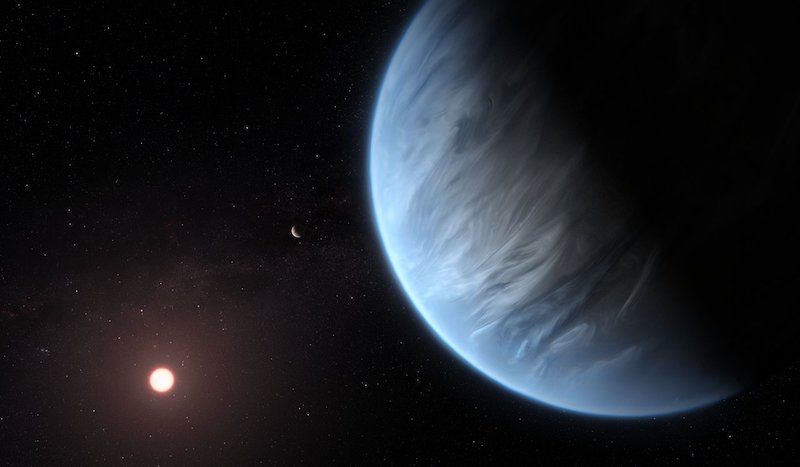



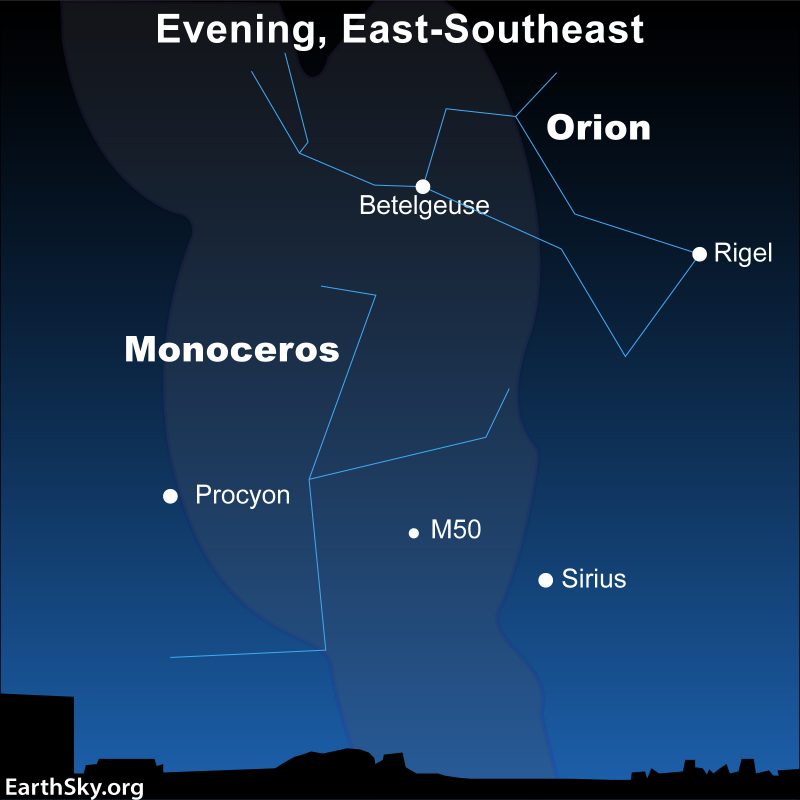
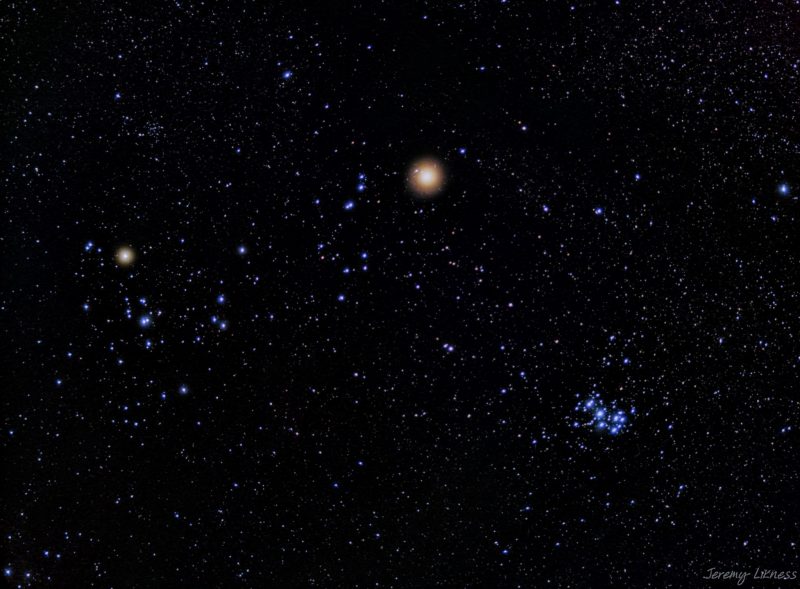
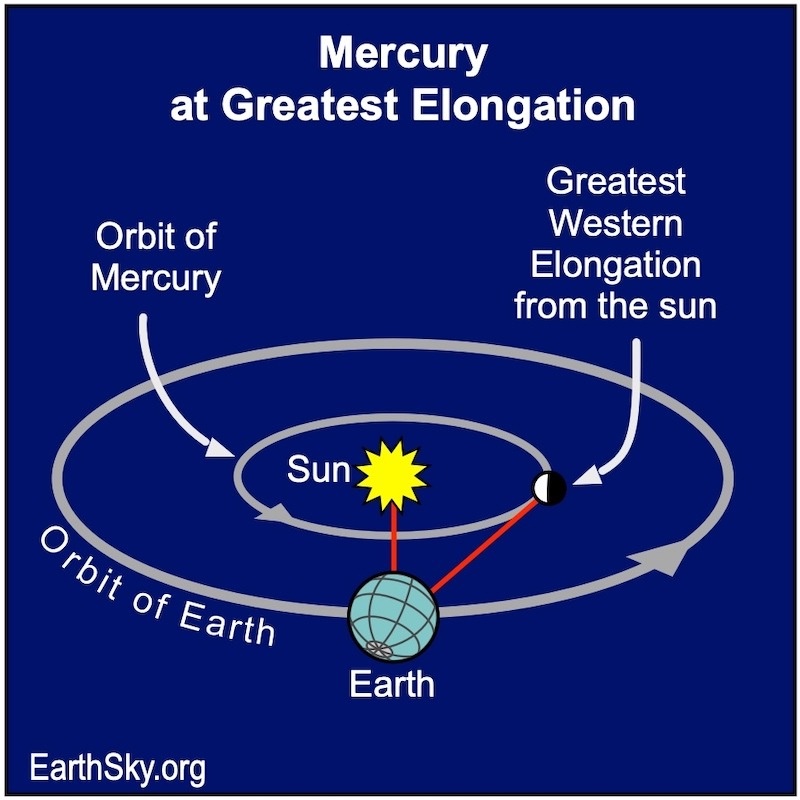
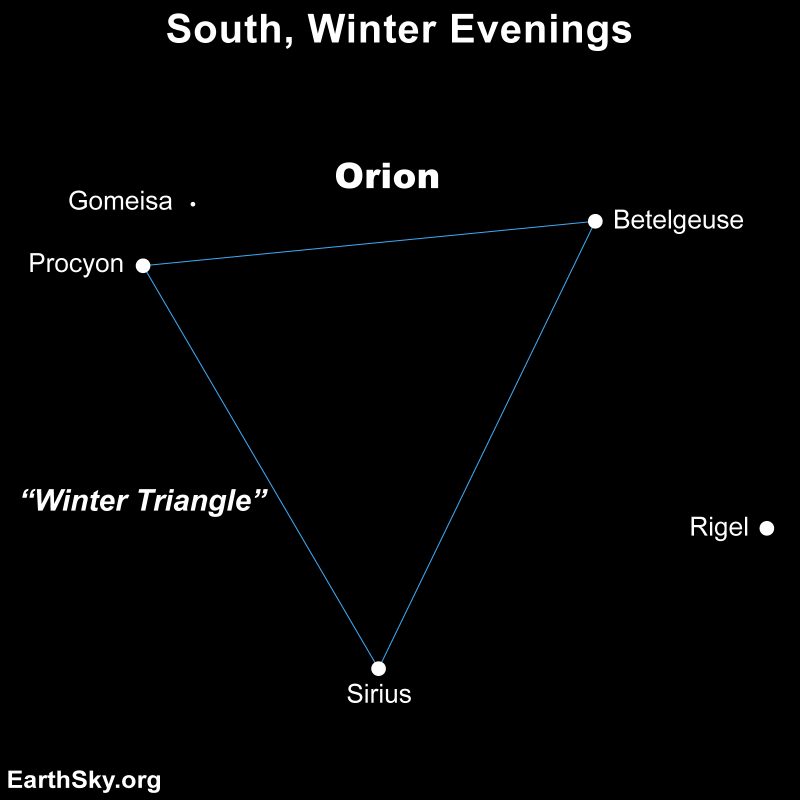

0 Commentaires